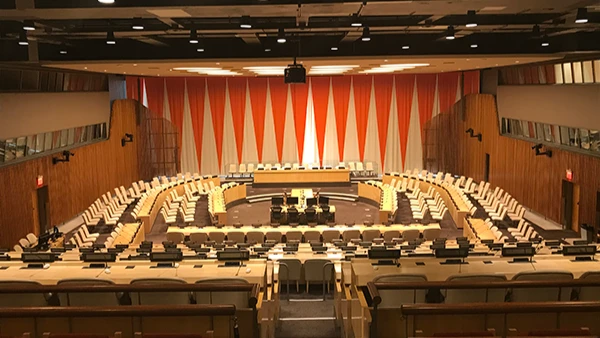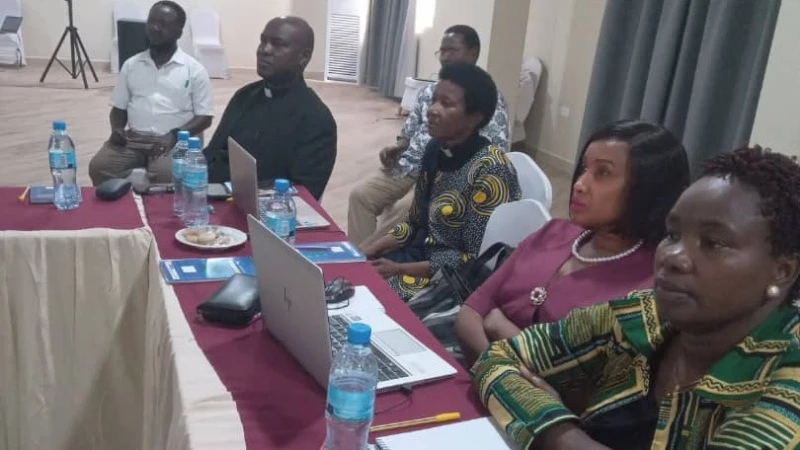Colonial errors of 1959: The ongoing perils of Ngorongoro's multiple land use policy

IN 1959, the colonial administration introduced the multiple land use policy in Ngorongoro intending to harmonize human settlements with wildlife conservation. This policy has revealed significant shortcomings that continue to endanger both residents and wildlife in the region.
Initially designed to accommodate human and wildlife populations, the policy aimed to harmonize their coexistence within the Ngorongoro Conservation Area (NCA).
Yet, these intentions have since proven inadequate, jeopardizing the safety and well-being of residents while threatening the ecological balance of the region.
During that time, the policy was seen as extraordinary, representing an innovative approach to land management that sought to satisfy the needs of both indigenous populations and conservation efforts.
At the core of the multiple land use policy was the concept of shared space, meaning the policy aimed to allow residents to continue their traditional pastoralist lifestyle while simultaneously protecting the rich biodiversity of the Ngorongoro region.
This integration was intended to support sustainable development by balancing the ecological needs of wildlife with the socio-economic needs of the human population.
While the Maasai are the most prominent group associated with the Ngorongoro Conservation Area, the region has historically been home to other ethnic groups such as the Datoga and Hadza.
The multiple land use policy of 1959 impacted all these groups, leading to various challenges that the Tanzanian government is now addressing through comprehensive resettlement and policy amendments.
The Maasai were allowed to graze their livestock within the conservation area, maintaining their cultural practices and livelihood.
In return, certain restrictions were imposed to ensure that wildlife habitats were preserved and that the ecological integrity of the region was not compromised.
These restrictions included prohibiting permanent structures and agricultural activities that could disrupt wildlife habitats.
Initially, the policy was seen as a win-win solution, allowing people to sustain their way of life while the area remained a wildlife sanctuary, fostering biodiversity and attracting tourism.
However, several challenges quickly emerged that the colonial administration had not fully anticipated.
Over time, the growth of both human and wildlife populations has intensified the competition for scarce resources like water and grazing land.
Consequently, while the government’s efforts to enhance community development services impact conservation sustainability, its focus on conservation activities similarly affects community development, suggesting that the outdated multiple land use policy of 1959 cannot effectively address the current challenges.
As human settlements expanded, the pressure on wildlife habitats intensified, leading to more frequent and severe human-wildlife conflicts.
The increased density of both humans and livestock within the conservation area began to strain natural resources.
For example, overgrazing by livestock reduced the availability of vegetation for wild herbivores, leading to changes in the ecosystem and wildlife behavior.
As human activities encroached further into wildlife habitats, the natural migration patterns and behaviors of animals were disrupted, resulting in habitat fragmentation that further endangered wildlife species and increased the likelihood of encounters with humans.
The consequences of these challenges have been profound, and the delicate balance that the policy sought to achieve has become increasingly difficult to maintain.
As a result, escalating human-wildlife conflicts have led to numerous incidents of injury and death among both residents and animals, creating a volatile living environment.
The situation has necessitated a re-evaluation of the policy, as the initial goals of coexistence have become untenable under current conditions.
The Tanzanian government has recognized that the historical approach needs significant adjustments to address the modern realities of population growth and environmental sustainability.
In response to these challenges, the government, through the Ngorongoro Conservation Area Authority (NCAA), has taken steps to amend the NCA Act with a comprehensive strategy to effectively resolve the existing problem.
The government has taken some crucial measures as a strategy, starting by raising awareness among residents about the risks of human-wildlife conflicts and the benefits of resettlement.
This initial step is complemented by encouraging voluntary resettlement, wherein residents are motivated to move to safer areas outside the conservation zone, with promises of adequate compensation and support.
Moreover, legislative amendments have been made by revising the NCA Act to prioritize wildlife conservation while providing clear guidelines and robust support for human resettlement, addressing outdated laws that have contributed to the current challenges.
The government's efforts aim to create distinct, secure habitats for humans and wildlife, reducing conflicts and promoting sustainable coexistence.
This approach not only addresses the immediate dangers faced by residents but also ensures the long-term preservation of the unique biodiversity of the Ngorongoro Conservation Area.
By learning from the past and adapting policies to current needs, Tanzania is working towards a future where both its human and wildlife populations can flourish without threatening each other’s survival.
Recently, Bahati Mfungo, the Division Officer of Ngorongoro, has described two alarming incidents faced by residents of the division, emphasizing that they face a persistent threat from wildlife attacks.
Mfungo reports that the situation is becoming increasingly dire, with more than two incidents involving severe injuries or fatalities recently documented.
In one incident, Orkendenye Liarite, a 32-year-old from Bulati village, was viciously attacked by a lion while herding cattle.
The lion not only killed two of his cows but also inflicted severe injuries on Mr. Liarite, necessitating urgent medical attention at Nainokanoka Health Centre.
Similarly, 26-year-old Kimirei Kuya from Esere village, Alaitole ward, was fatally attacked by a hippopotamus inside his home. These incidents highlight residents' escalating danger as wildlife encroach on human habitats in search of food and territory.
Globally, few places experience such intense human-wildlife cohabitation; one notable example is India, where human populations live in close proximity to tigers and elephants, often leading to similar conflicts.
In the Sundarbans, a delicate balance is maintained through rigorous conservation efforts and community awareness programs to mitigate human-wildlife encounters.
Efforts to amend the 1959 law by the Tanzanian government have aimed to protect both human and wildlife populations.
The Ngorongoro Conservation Area Authority (NCAA) is playing a leading role in these endeavors, focusing on educating, mobilizing, registering, assessing, and resettling residents who voluntarily relocate to safer areas.
The tragic incidents involving Orkendenye Liarite and Kimirei Kuya underscore the pressing necessity for decisive and effective steps toward resettlement efforts.
With wildlife populations expanding and habitats diminishing, the likelihood of such encounters intensifying underscores the urgency for immediate action, and the Tanzanian government’s commitment to addressing these challenges is evident in its proactive approach.
The legacy of the 1959 multiple land use policy serves as a cautionary tale of the unintended consequences of well-meaning but flawed policies.
The Tanzanian government’s current efforts to rectify these mistakes through legislative amendments and resettlement initiatives offer a hopeful path forward.
Top Headlines
© 2024 IPPMEDIA.COM. ALL RIGHTS RESERVED

























